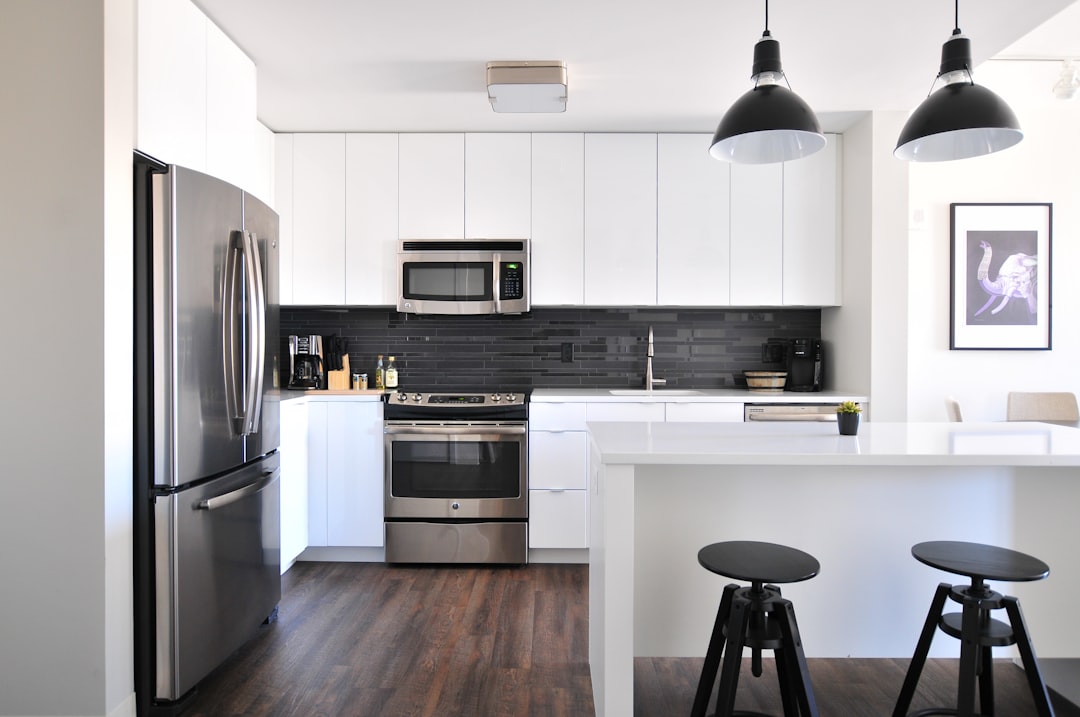Do you ever marvel at the lights that illuminate the grand facades of buildings at night? That captivating play of light and shadow is the result of a well-planned architectural lighting design. Having the right amount of light in the right places gives a new dimension to architectural structures, highlighting their beauty and enhancing their atmosphere.
Architectural lighting design is the art of creating the appropriate lighting environment that augments the structural aspects of any building. It requires a combination of technical skills and a creative mind that can bring out the best in a structure.
The primary goal of architectural lighting design is to provide illumination that accents the building’s unique features. The design process starts with analyzing the building’s architectural style and the type of lighting that would complement it. By identifying each feature, architects can determine which lighting techniques would best highlight them.
There are several lighting techniques used in architectural lighting design, and each has its role in creating the desired effect. For example, grazers produce a razor-sharp line of light along a surface. Wall washers are ideal for when you need to light up an entire wall quickly. Uplighting is another technique where lights are pointed upward, creating a beautiful upward lighting effect.
Lighting designers must also consider the emotional impact that lighting will have on a space. The color temperature of light and its intensity can impact human emotions, making the choice of lighting crucial. For example, warm tones provide a welcoming feel, while cold, bright lights are ideal for offices that require a more productive atmosphere.
Architectural lighting design is also cost-effective when it comes to energy consumption. Energy-efficient lighting systems not only reduce costs, but they also limit carbon emissions, making them environmentally friendly.
Maintenance is a crucial aspect of architectural lighting design. Unless it is regularly maintained, lighting will lose its luster, and the structure will not get the desired effect. This means that lighting designers need to incorporate strategies that allow for easy maintenance to ensure that the lighting remains effective for the entire life of the building.
Architectural lighting design has various applications. For instance, it is applied in commercial and residential buildings, public spaces, and outdoor spaces. In commercial settings, lighting design is used to create a welcoming atmosphere, set the tone of the space, and enhance the building’s brand. In residential settings, lighting is used to amplify the beauty of the structure while also ensuring safety.
Lighting design can create a significant impact in public spaces. Lighting design helps to ensure the safety of people when walking around public spaces at night, and it can also highlight significant landmarks, sparking interest in the surrounding area. Outdoor lighting is particularly important, as it adds to the overall curb appeal of a building, making it visible and appealing even from a distance.
Architectural lighting design is essential in enhancing the beauty and character of any structure. It not only beautifies the building, but it also creates an atmosphere that attracts and retains people. The art of architectural lighting design revitalizes and transforms a building’s look, making it all the more interesting and appealing. It highlights the unique features of the building, whether it is a residential property, commercial building, public spaces, or outdoor locations. With the right lighting design at the right price, it is possible to make the structure more functional, beautiful, and energy-efficient.











